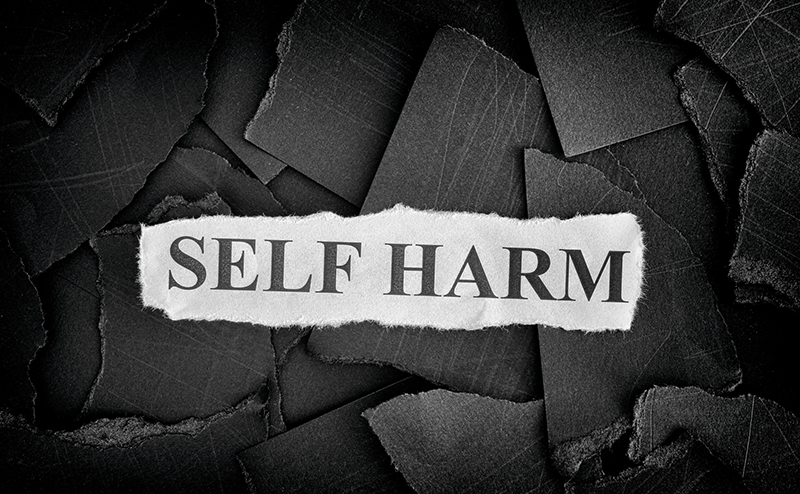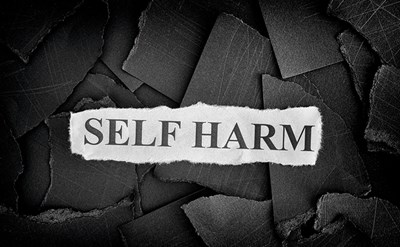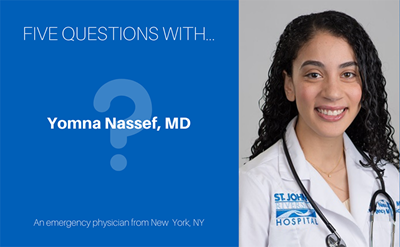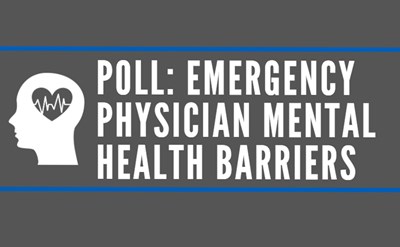Suicide attempts or thoughts of suicide can be complicated. There is no one-size-fits-all approach to mental health care. If a patient comes to the emergency department, they will be treated, stabilized, and kept safe until they are ready to return home.
Anyone in the emergency department will be protected and given a comprehensive evaluation to make sure they can stay safe. Typically, this can include placement in a private room without potentially dangerous objects such as medical instruments or clothing items that a patient might use to hurt themselves, such as belts or shoelaces.
There is a process to managing patients in these scenarios and emergency physicians are trained to first try to verbally calm anyone who is agitated. Procedures for additional care, or steps to take if verbal approaches do not soothe an agitated patient, may vary by hospital and can include observational care, physical or chemical restraint.
Prior to discharge, an emergency care team will suggest resources for longer-term care as appropriate, experts to contact and nearby places to go for help if available. The physician-led care team will work with the patient to create a written safety plan, so they understand their warning signs, coping strategies, and resources for help.
A collaborative approach to prevent harm
As part of the team effort to protect each patient from harm, emergency physicians will work with them and a trusted friend or family member to answer a series of questions, such as:
- What are the warning signs that a crisis may be developing (e.g., thoughts, images, situation, mood)?
- What are the preferred coping strategies that help manage complex emotions?
- What can be initiated—before professional help is required—should dangerous thoughts or urges come back?
- Who helps bring out positive feelings when they are nearby? What type of setting gives a sense of calm or brings out positive feelings?
- Who is the contact for help during a crisis or when stressed?
Reduce risks and maintain a safe environment at home
It is critical that patients try to maintain a safe environment for themselves at home. More than half (52 percent) of suicides involve a gun, according to research available through AFFIRM, an emergency-physician led organization dedicated to firearm injury prevention research. Safe storage of firearms is critical all the time, but following a suicide attempt it may be wise to store firearms away from home until the patient is fully recovered.
Misuse of medication also poses significant risks. Ask a doctor about how to safely dispose of unused, expired or unwanted medicines. Consider taking steps to identify the best strategies for safe storage of medication, firearms or other potential home hazards. One helpful tool that encourages safe storage based on personal choices is Lock2Live, an education website developed by emergency physicians.
If you ever feel like you may hurt yourself or others or have thoughts about taking your own life, get help right away. Call 911 or go to your nearest emergency department or call the National Suicide Prevention Lifeline at 1-800-273-TALK (8255), available 24 hours a day, seven days a week. The service is available to anyone and all calls are confidential.
 American College of Emergency Physicians
American College of Emergency Physicians







